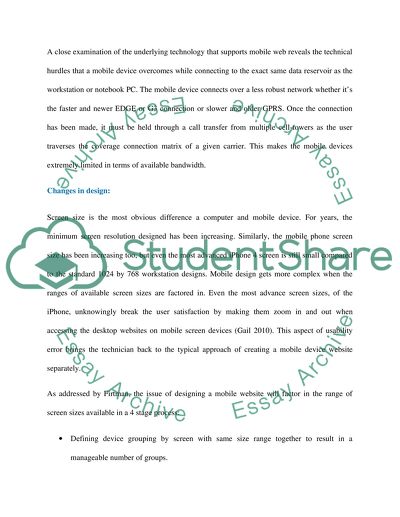Cite this document
(“Website Design for Interactive Environment Coursework - 1”, n.d.)
Website Design for Interactive Environment Coursework - 1. Retrieved from https://studentshare.org/information-technology/1585437-website-design-for-interactive-environment
Website Design for Interactive Environment Coursework - 1. Retrieved from https://studentshare.org/information-technology/1585437-website-design-for-interactive-environment
(Website Design for Interactive Environment Coursework - 1)
Website Design for Interactive Environment Coursework - 1. https://studentshare.org/information-technology/1585437-website-design-for-interactive-environment.
Website Design for Interactive Environment Coursework - 1. https://studentshare.org/information-technology/1585437-website-design-for-interactive-environment.
“Website Design for Interactive Environment Coursework - 1”, n.d. https://studentshare.org/information-technology/1585437-website-design-for-interactive-environment.


